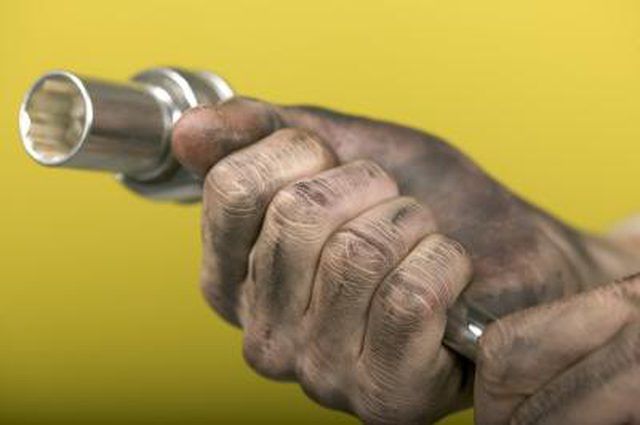Bulbs
Flower Basics
Flower Beds & Specialty Gardens
Flower Garden
Garden Furniture
Garden Gnomes
Garden Seeds
Garden Sheds
Garden Statues
Garden Tools & Supplies
Gardening Basics
Green & Organic
Groundcovers & Vines
Growing Annuals
Growing Basil
Growing Beans
Growing Berries
Growing Blueberries
Growing Cactus
Growing Corn
Growing Cotton
Growing Edibles
Growing Flowers
Growing Garlic
Growing Grapes
Growing Grass
Growing Herbs
Growing Jasmine
Growing Mint
Growing Mushrooms
Orchids
Growing Peanuts
Growing Perennials
Growing Plants
Growing Rosemary
Growing Roses
Growing Strawberries
Growing Sunflowers
Growing Thyme
Growing Tomatoes
Growing Tulips
Growing Vegetables
Herb Basics
Herb Garden
Indoor Growing
Landscaping Basics
Landscaping Patios
Landscaping Plants
Landscaping Shrubs
Landscaping Trees
Landscaping Walks & Pathways
Lawn Basics
Lawn Maintenance
Lawn Mowers
Lawn Ornaments
Lawn Planting
Lawn Tools
Outdoor Growing
Overall Landscape Planning
Pests, Weeds & Problems
Plant Basics
Rock Garden
Rose Garden
Shrubs
Soil
Specialty Gardens
Trees
Vegetable Garden
Yard Maintenance
How to Change the Mower Blade of a Lawn Boy
How to Change the Mower Blade of a Lawn Boy. In the midwest, an old saying exists about how you can almost "hear" corn growing during the heat of the summer. It's the same way with a well-fertilized lawn during the spring. To maintain a plush, well-groomed look to your yard, you sometimes need to mow twice a week during rainy, peak...

In the midwest, an old saying exists about how you can almost "hear" corn growing during the heat of the summer. It's the same way with a well-fertilized lawn during the spring. To maintain a plush, well-groomed look to your yard, you sometimes need to mow twice a week during rainy, peak growing periods. Anyone with a Lawn Boy mower knows such frequent cutting can dull your mower blade in no time. Fortunately, changing the mower blade on your Lawn Boy takes only a few minutes, particularly if you have a sharpened blade waiting in reserve.
Things You'll Need
Socket wrench
Torque wrench
2x4 block of wood
Replacement mower blade
Wait until the engine of your mower has cooled and you have little or no fuel in the mower's gas tank before starting this process. Turn the mower over on its right side on a hard, non-grassy surface.
Wedge a wood block underneath the mower and the blade so the blade cannot move. Unscrew the bolt with a socket wrench, using a counterclockwise motion. Remove the captive washer, as well, and place it and the bolt off to the side.
Slip off the green outer plate from the blade assembly and pull off the old blade, which can be sharpened using an electric grindstone.
Position the newly-sharpened blade or a reserve replacement blade so that the curved ends of the blade point upward. Reinstall the green outer plate.
Reposition the wood as it was before to ensure the blade does not move. Twist on the captive washer and bolt in a clockwise manner, using a torque wrench to tighten to a snug, 60 foot-lb. setting. Remove the wood block and place the mower upright.
Tips & Warnings
Use a pair of sturdy work gloves to perform this work because the blade is sharp and can injure bare hands.